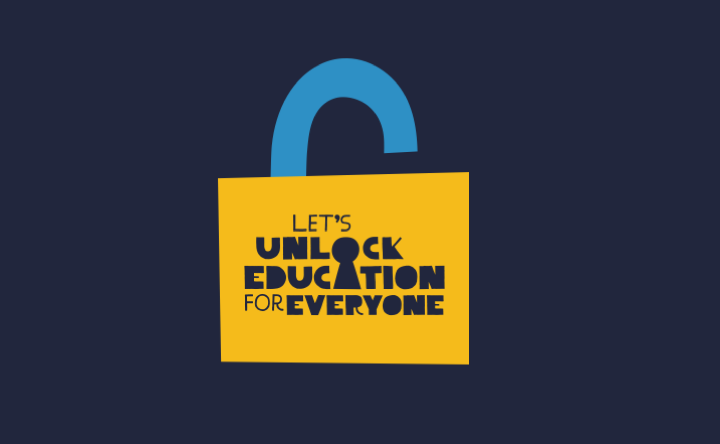In every classroom, there are students who struggle with motivation. One such student is Ahmed, a high school student who seemed disinterested and unmotivated in his studies. However, with the right strategies and support, Ahmed's journey towards increased motivation serves as a testament to the power of personalized education. In this interactive article, we will explore Ahmed's challenges, the solutions implemented, and how they can be applied to inspire motivation in students facing similar difficulties.
Getting to Know Ahmed:
Before diving into the solutions, let's understand Ahmed's background and interests. Ahmed is a creative and tech-savvy student who loves working with his hands. He enjoys tinkering with electronics and has a passion for graphic design. By recognizing his unique strengths and interests, teachers can tap into Ahmed's intrinsic motivation and align their instructional approaches accordingly.
Building Rapport:
Building a positive relationship with Ahmed is the first step towards unlocking his motivation. Teachers can initiate one-on-one conversations with Ahmed, taking a genuine interest in his thoughts, ideas, and aspirations. By understanding his perspective and challenges, educators can create a supportive and inclusive environment where Ahmed feels valued and heard.
Making it Relevant and Engaging:
One of the keys to motivating Ahmed is to make the subject matter relevant and engaging. Educators can bring real-world examples and practical applications into the classroom, connecting the lessons to Ahmed's personal interests. For instance, incorporating graphic design projects or electronics experiments can infuse excitement and relevancy into his learning experience.
Goal-Setting for Success:
Collaboratively setting achievable short-term goals is crucial for Ahmed's motivation. Teachers can break down larger tasks into smaller, manageable milestones, allowing Ahmed to experience a sense of accomplishment along the way. By celebrating his progress and providing positive reinforcement, educators can nurture Ahmed's self-belief and motivation to continue striving for success.
Embracing Differentiated Instruction:
To meet Ahmed's diverse learning needs, differentiated instruction plays a vital role. Teachers can tailor instructional methods and materials to align with Ahmed's strengths and learning preferences. Offering choices, such as presenting information through visuals, hands-on activities, or collaborative projects, empowers Ahmed to engage with the content in a way that resonates with him, enhancing his motivation and understanding.
Conclusion:
Ahmed's journey from a disengaged student to a motivated learner showcases the transformative impact of personalized education. By recognizing each student's unique strengths, building rapport, making learning relevant and engaging, setting achievable goals, and embracing differentiated instruction, educators can inspire motivation in students facing similar challenges. Let Ahmed's story serve as an inspiration and a reminder that with the right strategies and support, every student has the potential to thrive and achieve their fullest potential.




